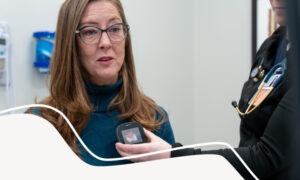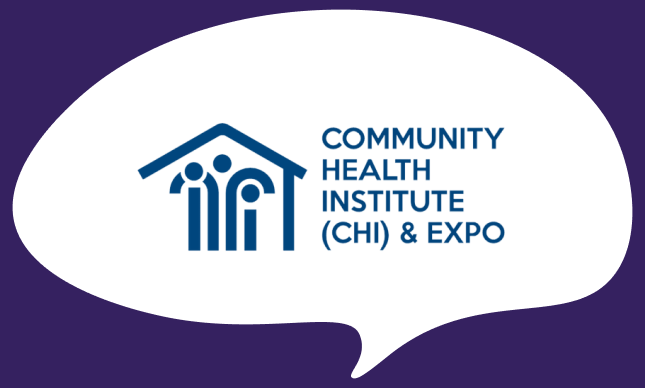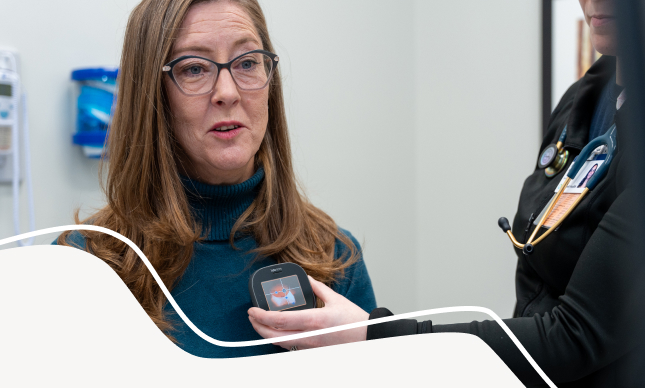How virtual care can bridge the care gap in rural communities

We had the privilege of hosting Bill Gassen, President and CEO of Sanford Health, together with the American Telemedicine Association, for a roundtable in which we discussed the role of telehealth in rural communities – you can watch it here.
Health systems across the United States are investing in a continuous effort to provide high-quality healthcare across the regions they serve. The provision of care in rural communities has been especially challenging, as it houses 19.2% of the US population but only 11.4% of practicing physicians.
Sanford Health, the largest rural health system in the United States, serves more than one million patients and 220,000 health plan members across 250,000 square miles. They are comprised of 47 medical centers that employ 2,800 physicians and advanced practice providers. Additionally, five out of the top 25 poorest counties in the US are also located within Sanford Health’s districts.
“While the issues that Sanford Health is facing are not unique to rural healthcare, they are more pronounced in rural communities,” said Bill Gassen, President, and CEO of Sanford Health. “The top challenges that we see, day in and day out, are around sustainability, health equity, and access.”
Taking initiative to improve care in rural communities
With nearly two-thirds of Sanford Health’s population living in rural areas, the health system uses cutting-edge tools and technologies to provide timely care from a distance. As Mr. Gassen told us during the roundtable, using the right virtual tools has the potential to elevate the care experience, strengthening the connection between patients and providers and increasing the potential to improve health outcomes. These solutions can also better ensure health continuity across different care settings, with greater convenience and affordability.
Sanford Health launched a landmark virtual care initiative in 2021 to advance the distribution and capabilities of the health system’s telehealth solutions to its rural population.
As part of the initiative, Sanford Health plans to establish a state-of-the-art flagship command center to manage and coordinate a seamless, connected virtual care experience for patients. The center will serve as an all-encompassing base for virtual care initiatives. These include launching a training and recruitment program to develop and train the next generation of virtual care professionals, the piloting and implementation of new, innovative telehealth technologies, the research of new care delivery models, and home to summits and events promoting conversations about the future of virtual care.
TytoCare and Sanford Health: partnering for rural care success
Sanford Health started working with Tytocare back in 2018. The partnership has empowered patients to seek medical care and connect with their clinicians whenever necessary and has allowed Sanford providers to make informed diagnoses and treatment decisions virtually.
TytoCare offers rural health systems, providers, and communities the ability to connect to more expansive healthcare services. The ‘hub and spoke’ virtual care model connects clinicians and experts from a main, central office or clinic to remote schools, senior care homes, visiting nurses, remote clinics, or even the workplace.
As Dedi Gilad, CEO and Co-founder of TytoCare mentioned, the use of telehealth is changing and becoming more expansive. “We’ve seen major changes post-COVID in the use of telehealth. Virtual care used to be only for urgent care, when the clinic was closed over the weekends. Today, we see much higher usage for holistic care, prevention, wellness visits, primary care and chronic management, and even more unique use cases of post-discharge and hospitalization.”
TytoCare provides virtual care solutions to rural and underserved populations not just in the US, but also around the world, including Italy and the UK, as well as more remote locations like Ghana, New Zealand, and Chile, by allowing providers to perform remote physical exams from central hubs, and in hard-to-reach communities with traveling nurses.
With regards to the impact of TytoCare and Sanford Health’s virtual care initiatives, Gassen said, “Through traditional telemedicine modalities, we’ve actually saved our patients – as we’ve been able to calculate – over 20 million miles of travel. It’s not just about a time inconvenience. We know that this means for families, for people taking time off from work. We understand that especially for those who are at, below, or near that poverty line, what that means for them as well.”
We were deeply honored to speak with Bill Gassen about the current state of rural healthcare and consider it a privilege to play a part in building the new rural healthcare landscape.





